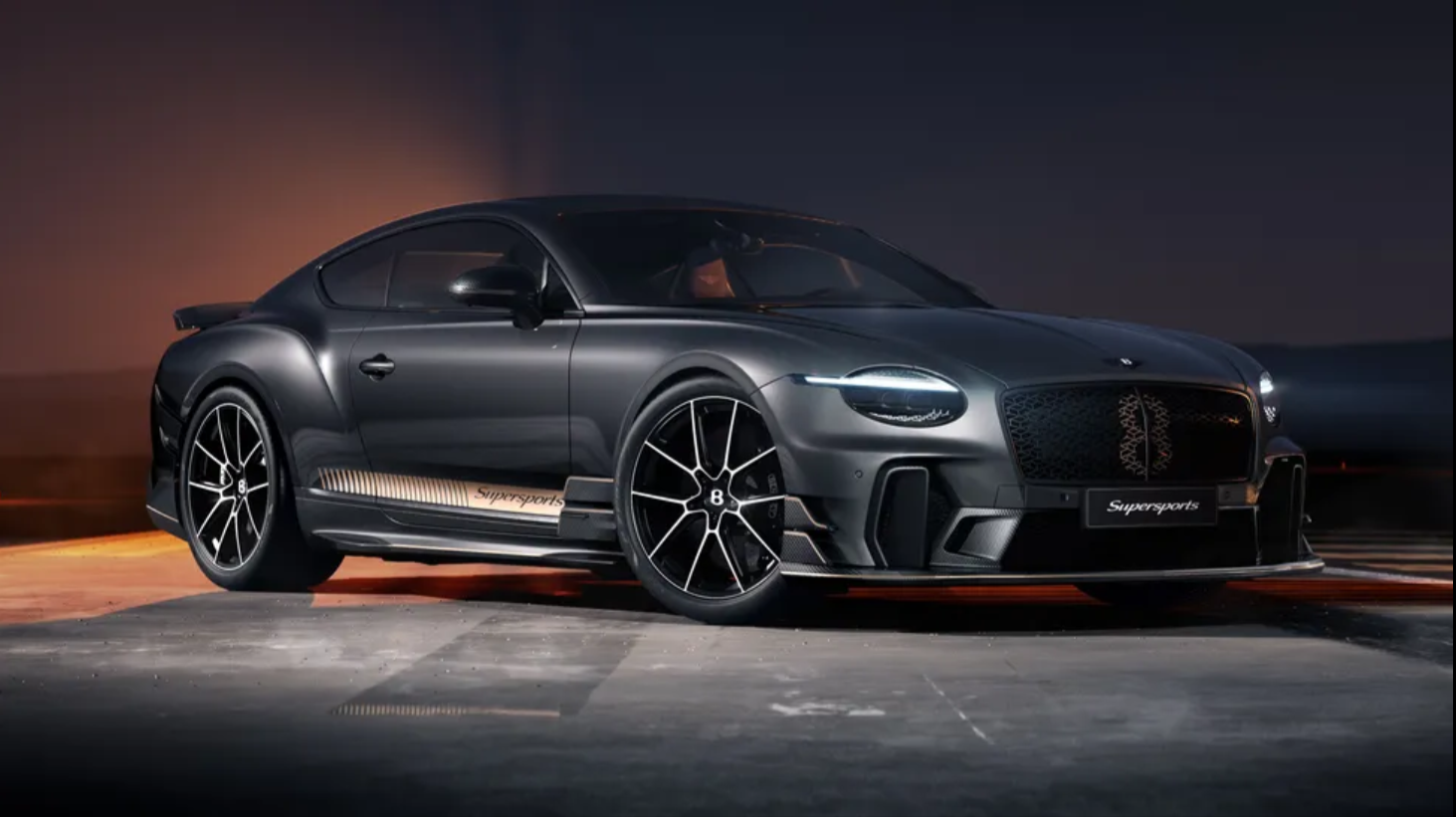This is it, then: the last ever Dodge Challenger and the company’s farewell to the V8 muscle car. But compose yourself for a few moments if you can, because you’re going to want to digest the stupendous performance with which the Challenger is bowing out.
The Dodge Challenger SRT Demon 170 - the last of seven ‘Last Call’ editions to see out this and the Charger - generates a frightening 1,011bhp at 6,500rpm and 1280Nm at 4,200rpm on E85 ethanol blend fuel (count on 888bhp/1100Nm on regular E10), and claims 0-100kph in 1.66s.
That makes it the fastest muscle car in the world, says Dodge, as well as the highest producer of G-force ‘of any production car’ at 2.004gs. Crikey.
Meanwhile it’ll devour a quarter-mile sprint in 8.91 seconds at 243.01kph, and doing this on an NHRA (National Hot Rod Association) drag strip will trigger a violation letter for daring to go sub-nine without a parachute. For which there is the option of a mounting point, we hasten to add; check out the last-but-one image in the gallery above.
“To celebrate the end of the HEMI muscle-car era, we pulled off all the governors to reach a new level, a new benchmark of ‘factory-crazy’ production car performance,” said Dodge CEO Tim Kuniskis. “In 2015, Dodge shocked the world with the 707-horsepower Hellcat. Then, in 2018, we did it with the 840-horsepower Demon, and now we are doing it again with the 1,025-horsepower Demon 170, the world’s first sustainable-energy, eight-second, factory-production, street-legal muscle car.”
Let’s dig a little deeper into how such exuberant velocity has been achieved. The 6.2-litre V8 gets a modified 3.0-litre supercharger with a larger, 105mm throttle body and 3.02in pulley for increased airflow.
All the main engine components have been upgraded (with the sole exception of the camshaft), with larger 240mm ring and pinion, a pressure-cast new case and mountings, rear-axle housing that’s 53 per cent stronger thanks to fresh geometry, and with bigger cover-mount fasteners to boot.
The rear prop shaft is 30 per cent stronger than the original Demon, claims Dodge, and the 315/50R17 Mickey Thompson ET Street R drag radials offer ‘extra tractive force’ and have never been made available on a production car before. The rear suspension has been revised to increase the contact patch of the tyres, and the high-flow fuel rail and injectors are capable of shifting 164 gallons per hour; more than the average US shower head, apparently.
There’s more. There’s a Drag Mode for extracting maximum acceleration at the lights (sorry, controlled environment/drag strip), plus torque-shaping tech derived from competitive drag racing. There’s also weight-saving in the form of two-piece carbon fibre wheels and another chunk saved from removing the flares found on the SRT Hellcat Redeye Widebody.
And if you were still somehow in any doubt how much importance has been placed on the pursuit of speed, the SRT Demon 170 even has a system that will divert the aircon to cool the supercharger at the expense of you, the human driver. Priorities, eh?
Orders open on 27 March at a recommended retail price of R2.5 million. Dodge says it will build 3,300 examples at most (depending on production capacity) with 3,000 earmarked for the US market and the rest for Canada.
Oh, and any 2018 Challenger SRT Demon owners who manage to get on the waiting list will be able to have their identification numbers matched with their original Demon. Nice touch.
Worthy of Dodge’s final V8, do we think?
Source















.jpg)


.jpeg)

.jpeg)
.jpeg)

